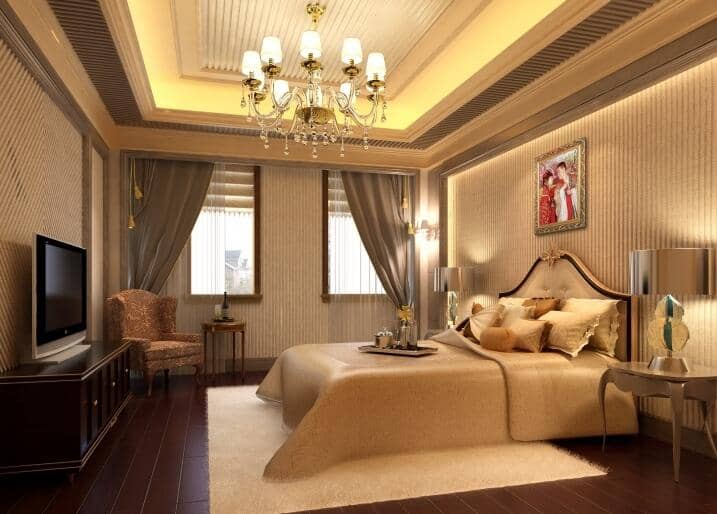Nowadays, environmental protection has become an important development trend pursued in people's daily life. Many families will pay attention to the use of environmentally friendly products when they carry out house decoration. However, the products in the home improvement market showcase environmentally-friendly products, which makes it impossible for consumers to start. . Moreover, some consumers have reported that all the home decoration is made of environmentally-friendly materials, but they still can smell the pungent smell. The inspection found that the formaldehyde is still exceeding the standard. What is the situation? Is it clear that environmentally friendly materials still have problems with excessive formaldehyde?

There are so many environmentally friendly materials on the market. First of all, you have to make sure that the decoration materials you purchased are really environmentally friendly. Pay attention to the characteristics of the materials and carefully check the environmental data, such as “formaldehyde emission”, “heavy metal content”, “VOC content”. , "benzene" and other chemical substances test report.
According to China's environmental protection standards, according to the concept of formaldehyde emission limit, the formaldehyde limit level in the board is divided into three levels, namely E2≤5.0mg/L, E1≤1.5mg/L, E0≤0.5mg/L. In China, the plate can reach the E2 standard, that is, the E2, E1 and E0 grade plates can be called environmentally friendly plates. Due to the improvement of consumers' environmental awareness, E1 or even E0 grade plates are now available on the market. Therefore, many merchants will advertise their products as zero-formaldehyde environmental protection materials when they are selling. At this time, consumers must learn to distinguish and avoid buying fake “environmental materials”.
Environmentally friendly materials, the installation process is not environmentally friendly
If the material is genuine and environmentally friendly, why is there too much formaldehyde? This may be related to the glue used during the installation process. Many homeowners tend to focus on the material itself during the renovation, but ignore the material adhesives that look inconspicuous.
In general, traditional decoration materials are indispensable to use glue adhesives during the installation process. Some barrel glues are known in the packaging as “environmental glue” and “aldehyde-free glue”, which is attractive to consumers. Not the same small. But as everyone knows, there is more or less formaldehyde in the glue (the content is different), because formaldehyde as a raw material for glue is not only cheap, but also very good adhesion. This is precisely why many people wonder why the decoration used environmentally friendly materials, but the result is excessive formaldehyde.
In other words, if you want to be truly environmentally friendly, you should not only pay attention to the decoration materials, but also pay attention to the process of loading. As an interior decoration material, the integrated wall panel is made of natural and original materials. After being tested by the state, its formaldehyde emission is 0.2 milligrams per liter, which meets the E0 standard and will not affect human health.
Moreover, the installation and installation of the integrated wall panel does not require the use of glue adhesive, and the splicing is directly performed to avoid the release of harmful gases such as formaldehyde due to the use of glue. Regardless of the material or installation process, the integrated wallboard minimizes the excessive release of formaldehyde, making the interior decoration truly meet the national health and environmental standards.
In contrast to traditional finishing materials, integrated wall panels perform very well in terms of environmental performance.



